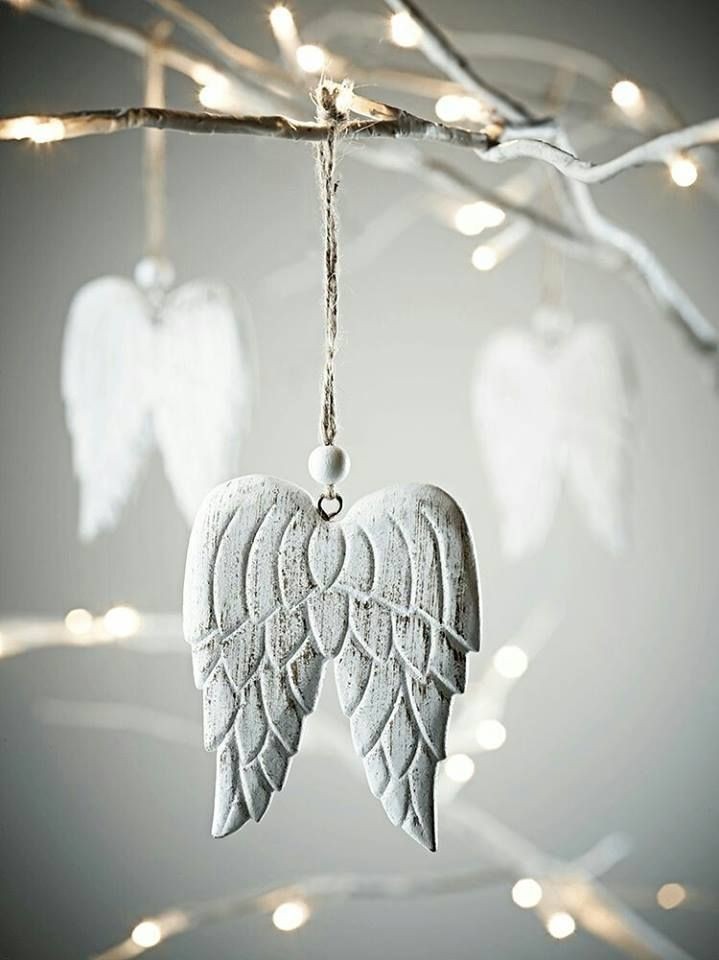Hamsa🦋 happiness, protection, good fortune....
- Koöko Fleurs
- Dec 10, 2023
- 3 min read

The Hamsa symbol has been widely used in many cultures and religions for centuries. It is a powerful symbol that represents protection, happiness, and good fortune. This blog will explore the origins and significance of Hamsa in different spiritual traditions and its association with the bodhisattvas.
Hamsa is a symbol that is commonly used in many cultures and religions, such as Hinduism, Buddhism, and Judaism. It represents protection, happiness, and good fortune. The Hamsa, also known as the "Hand of Fatima" or "Hand of Miriam", is a symbol of protection and blessings in both the Islamic and Jewish faiths.
The symbol is shaped like a hand with an eye in the center, and it is believed to ward off negative energies and bring in positive vibes.
In Hinduism, it is believed to represent the supreme soul or Atman. The five fingers of the hand symbolize the five elements – earth, water, fire, air, and ether – which are essential for the existence of life. It is also associated with the chakras, representing the flow of energy throughout the body.
In Buddhism, Hamsa is associated with the concept of Shunyata or emptiness. The hand with an eye in the center symbolizes the all-seeing eye, representing enlightenment and inner wisdom. It is a reminder to seek inner peace and let go of attachments to material possessions.
In Judaism, Hamsa is known as the "Hand of Fatima" or "Hand of Miriam" and is a symbol of protection and blessings. According to the legend, the Hand of Fatima belonged to Prophet Muhammad's daughter and was believed to have protective powers against the evil eye. Similarly, in Jewish tradition, it is believed to protect against negative energies and bring good fortune to those who possess it.
In addition to its protective properties, Hamsa is also associated with prayers and angelic blessings. Many people use it as a meditation tool to connect with their spiritual beliefs and seek guidance from higher beings. Some even use it as a form of happiness therapy, believing that its presence can bring joy and contentment to their lives.
One of the most fascinating aspects of Hamsa is its connection with bodhisattvas. A bodhisattva is a being who has attained enlightenment but chooses to stay in this world to help others reach enlightenment. In Buddhism, Avalokiteshvara or Guanyin is a popular bodhisattva who is often depicted holding a Hamsa symbol. This signifies her role as a protector and guide for those seeking spiritual guidance.
In Hinduism, the bodhisattva Tara is often depicted with a Hamsa symbol. She is seen as a compassionate and nurturing figure who guides her followers towards enlightenment and happiness. The Hamsa symbol in the hands of these bodhisattvas is a reminder to stay connected to one's spiritual beliefs and seek guidance from higher beings.
Apart from its protective and spiritual significance, Hamsa is also associated with prayers and angelic blessings. Many people use it as a meditation tool to connect with their inner selves and seek guidance from the divine. It is believed that by focusing on the Hamsa symbol during meditation, one can tap into their inner wisdom and find peace and clarity in their thoughts.
Moreover, some people use Hamsa as a form of happiness therapy. They believe that its presence can bring joy and contentment to their lives. The positive energy radiating from the symbol helps individuals to let go of negative thoughts and embrace a more positive outlook on life.
In today's world, where stress and anxiety are prevalent, the Hamsa symbol serves as a powerful reminder to stay connected to our inner selves and seek guidance from our spiritual beliefs. Its presence in our homes or as jewelry can serve as a constant reminder to focus on positivity and find inner peace.
To sum up, Hamsa is a symbol that holds great significance in various cultures and religions. Whether it is used for protection, spiritual guidance, or as a tool for happiness, its presence serves as a reminder to stay connected to our faith and seek inner peace and joy. So next time you come across the Hamsa symbol, take a moment to reflect on its deeper meaning and let it guide you towards a more fulfilling life.











Comments